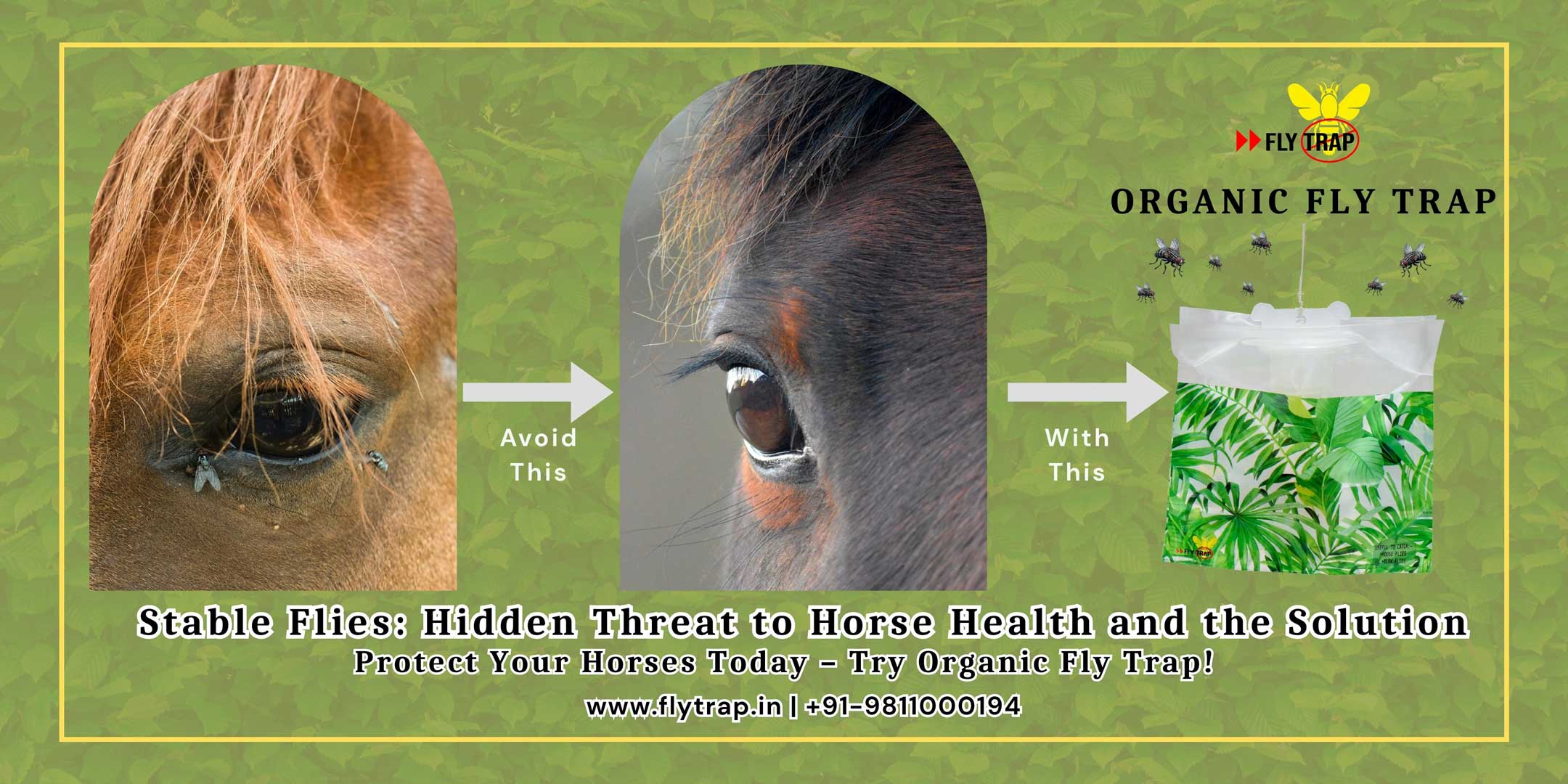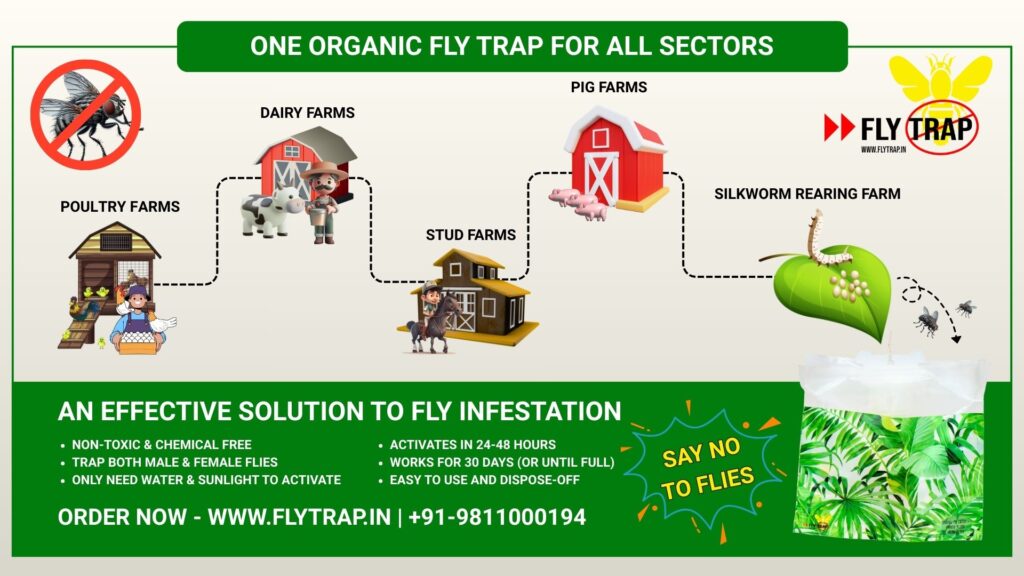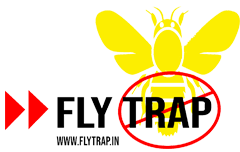
Horses are celebrated for their strength and endurance, yet remain vulnerable to persistent threats like stable flies. Unlike common house flies, stable flies (Stomoxys calcitrans) are blood-feeding insects whose bites inflict pain and can transmit disease-causing germs. Their increasing numbers in stables and pastures pose a significant risk to equine well-being. Understanding their life cycle, impact, and effective control strategies is crucial for protecting horses from both immediate discomfort and serious health issues.
Understanding Stable Flies

Stable flies resemble house flies but are easily distinguished by their biting behavior.
Key facts:
- Both males and females feed on blood, using sharp mouthparts to pierce horse skin, primarily on the legs, belly, and sides.
- These flies return to feed several times daily, causing persistent irritation.
- Preferred breeding sites include moist, decaying organic matter – soiled bedding, manure mixed with hay, and wet feed waste, all common around horse barns.
Health Impacts on Horses
Stable flies are more than a nuisance; they adversely affect horse health and performance:
- Their bites prompt horses to stamp legs, swish tails, and show agitation.
- Chronic irritation can lead to restlessness, weight loss, and lower feed efficiency.
- Research shows infestations cause significant blood loss, elevated heart rates, and increased stress in horses.
- Stable flies are vectors for diseases like Equine Infectious Anemia (EIA), and other bacterial and parasitic infections.
- Repeated bites create wounds, increasing risk of secondary infection.
- Persistent fly attacks can lead to injuries as horses attempt to escape pests.
Long-term exposure lowers immunity, reduces performance, and compromises overall health.
Economic and Management Implications
The repercussions of stable fly infestations extend throughout equestrian operations:
- In breeding farms, training centers, and stables, flies disrupt feeding, resting, and work schedules.
- Flies can reduce milk production in mares, hamper animal growth, and decrease feed conversion efficiency.
- Farm workers may also experience discomfort and health risks due to bites.
- Unchecked infestations raise veterinary costs, cut productivity, and harm the reputation of equine facilities.
Implementing integrated pest management (IPM) combining sanitation, and biological measures is essential for effective long-term control.
Chemical Control is Old and Not Effective
Chemical spray might seem to work pretty well in short term. However, when used long-term, the effectiveness fades away. Stable flies develop resistant to the chemicals rapidly. Which means the only thing that the chemical sprays are good for is harming the cattle, humans, and the environment. Needless to say, there is a prominent need of organic solution that only works on stable flies and does not harm the environment, humans, crop or cattle.
Organic Fly Trap – One Solution for All Sectors

For effective, safe control of stable flies, use the Fly Trap product. This 100% organic, non-toxic solution captures flies within 30 days. Products are available on Amazon, Flipkart, and the official website.
The world has revolutionized in recent years in ways no one predicted before with AI technologies already in our homes. Therefore, a safe and effective solution for stable fly control should also be adapted across India for the betterment of the society.
Contact us at +91-9811000194 or drop a WhatsApp message for bulk pricing or to become an authorized dealer.
Compiled by Sanat Soi,
Co-authored by Avni Bindal, Flytrap.in
